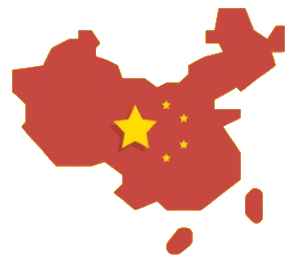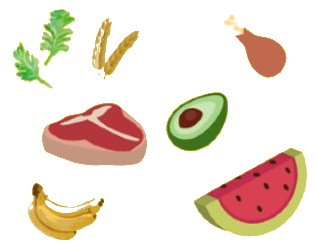Reduce food waste
Food waste and climate change
Imagine a landmass greater than China (that's 39 times bigger than the UK).

Now imagine that land is only used to produce food.

Then suppose all the crops and produce from those 2.5 billion acres are not eaten.
Image all that - and you have grasped the amount of food the world wastes every year.
There may not seem to be a clear link between wasting food and climate change. Surely cars, aeroplanes, and burning fossil fuels have a bigger impact?
It may not seem like it, but throwing food in the bin does have an impact on climate change - a big impact. In fact, if global food waste were a country, it would come third for greenhouse gas emissions, after China and the USA. The tomatoes wasted at home every year have the equivalent greenhouse gas emissions of 51,000 cars.
Getting food on our plates requires water, energy and transportation. If the food you buy isn't eaten, it's a waste of all those resources. It takes 65 billion litres of water to grow the potatoes we waste at home every year.
An easier way to take action is to make small changes.
Reducing food waste, even by a small amount, can have a huge impact. If everyone in the UK stopped wasting food at home for just one day, it would have the same impact on greenhouse gasses as planting half a million trees. [Source WRAP].
But what can you do more specifically to make a change? We are all busy, so chose one simple food hack to try today – doing one thing differently really does make a huge difference. Keep doing this action until it becomes second nature. Then try something else too.
In a few weeks, you’ll be surprised at how much food you’re saving from the bin, and how many more £s you have in your pocket too – in fact, the average family can save around £60 a month, that’s a whopping £720 a year.
Plan your meals
Planning your meals for the week means you will only buy the food you need, rather than buying something out of habit. Make a shopping list to keep you on track and keep a record of what you have decided to cook for the week - it is incredibly difficult to remember a week's menu. Also, when writing your menu check what you have in the fridge and cupboards that needs using up.
Use your freezer
Placing food in the freezer acts as a pause button. It will keep your food fresh for up to 6 months and sometimes longer. There are very few foods that you can't freeze (cream cheese, for example) and remember to label what the food is and when it was frozen. Here is some great advice on how to use your fridge and defrost food safely.
Eat your leftovers
Leftovers are a great way to make the most of the food you have cooked. They provide a nutritious, cheap and easy meal for the next day. Reheated pasta is less calorific than when it is eaten the first time round. There are three golden rules to follow to avoid food poisoning when reheating food;
- Store it correctly - allow the food to cool to room temperature before placing it in the fridge and eat within two days. Your fridge should be 5 degrees centigrade or below
- Defrost food in the fridge
- Reheat thoroughly. It should be piping hot which is around 60 degrees centigrade.
How to chill, freeze and defrost food safely.
Apps to help make the most of food
The need to reduce food waste has resulted in a new range of apps for your smartphone. Here are a few we have found;
- The Too Good To Go app helps local shops, restaurants and coffee shops redistribute food that is close to its sell-by date. The Too Good To Go app lets you buy and collect this food - at a great price - so it gets eaten instead of going to waste. You won’t know exactly what’s in your order until you pick it up - it’s all part of the surprise.
- Kitche is a free mobile app that is designed to save you money and reduce your food waste at home. The app keeps track of your food at home whilst giving you cool features and functionality to ensure you buy what you eat and eat what you buy! It also offers advice and recipes.
- OLIO connects neighbours with each other and with local businesses so surplus food can be shared, not thrown away. This could be food nearing its sell-by date in local stores, spare home-grown vegetables, bread from your baker, or the groceries in your fridge when you go away. OLIO can also be used for non-food household items too.
The average UK family with children throws away £720 worth of food a year, that’s £60 a month. All that food has to be replaced, meaning more shopping, more cooking and more expense.
Going from field to fork is only part of the story: it accounts for just a fraction of your food’s impacts. What happens after left-over food leaves your plate is just as important.
It’s tempting to think of our food waste as organic, the kind that decomposes back into the soil. If you compost peelings, eggshells and apple cores to enrich your garden – and eat everything else that can be eaten – then that’s a great start. But much of our food waste doesn’t end up that way or can't be composted at home.
Bones, meat and dairy can be composted in a hot compost bin (also called a Green Johanna or Hot Bin) which composts to a very high temperature. If you don't have a hot compost bin, it's important that you keep these items out of the compost and place in the green kerbside bin, if available (or kerbside food waste caddy if you live in Warwick or Stratford District). See our food waste page for more information.
Warwickshire County Council is offering a range of compost bins.
